Search
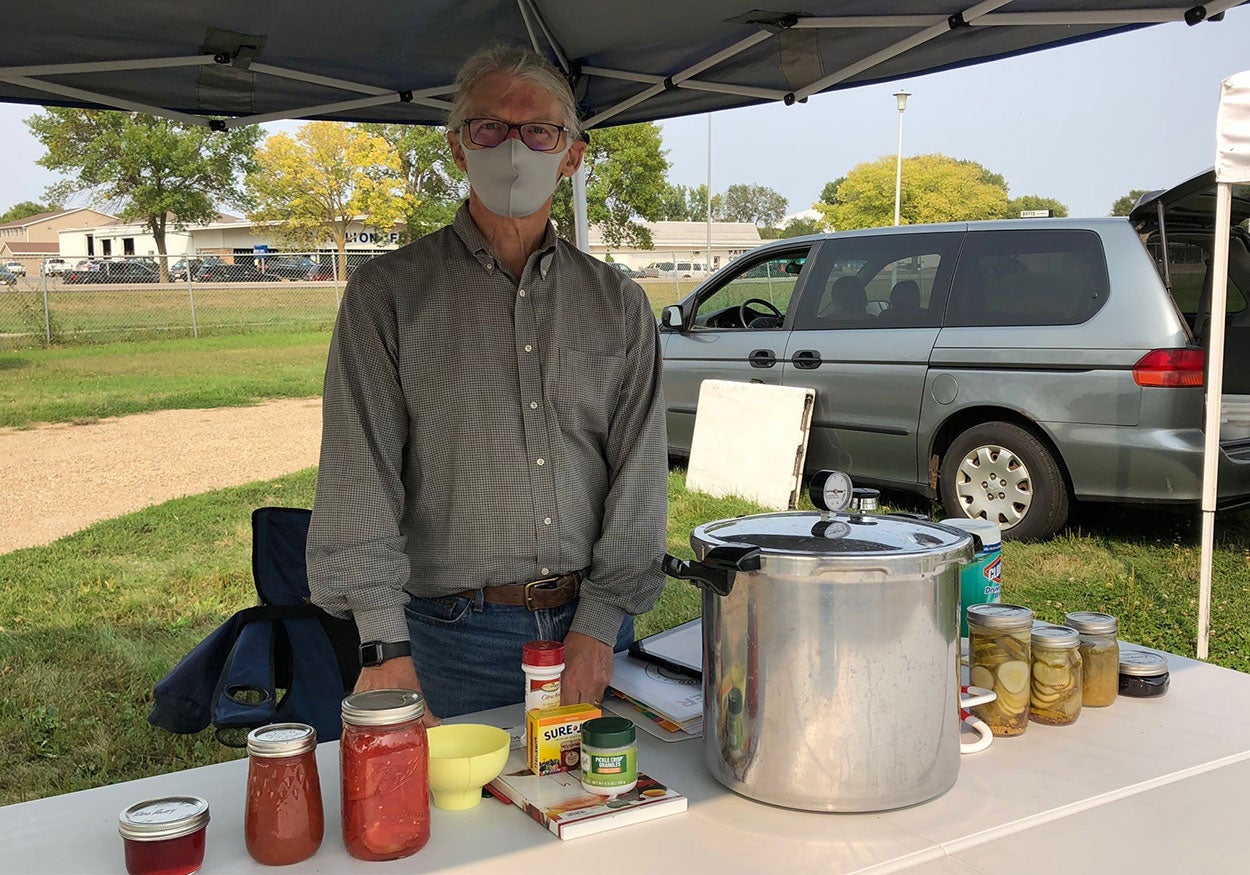
Schreiner Turns Backyard Hobby Into Community Support
Whether volunteering as a Master Gardener or a Master Food Preserver, Tim Schreiner says the interaction with people and seeing that “light bulb” moment after a conversation is really the fun part of the programs.
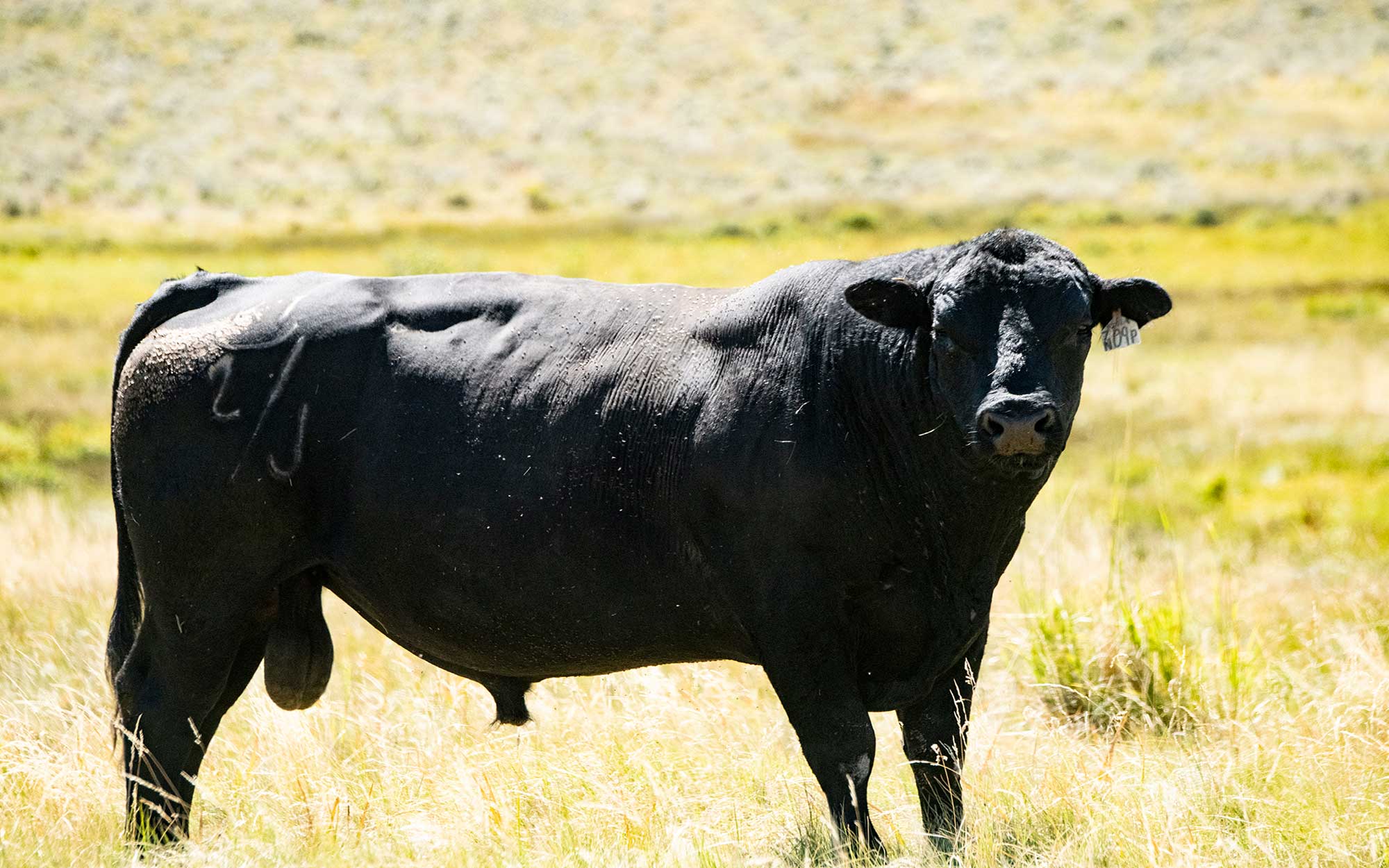
Bull Nutrition
This publication focuses on nutrient requirements for developing bulls, feeding programs to “let down” overconditioned bulls, and feeding during the period between breeding seasons.
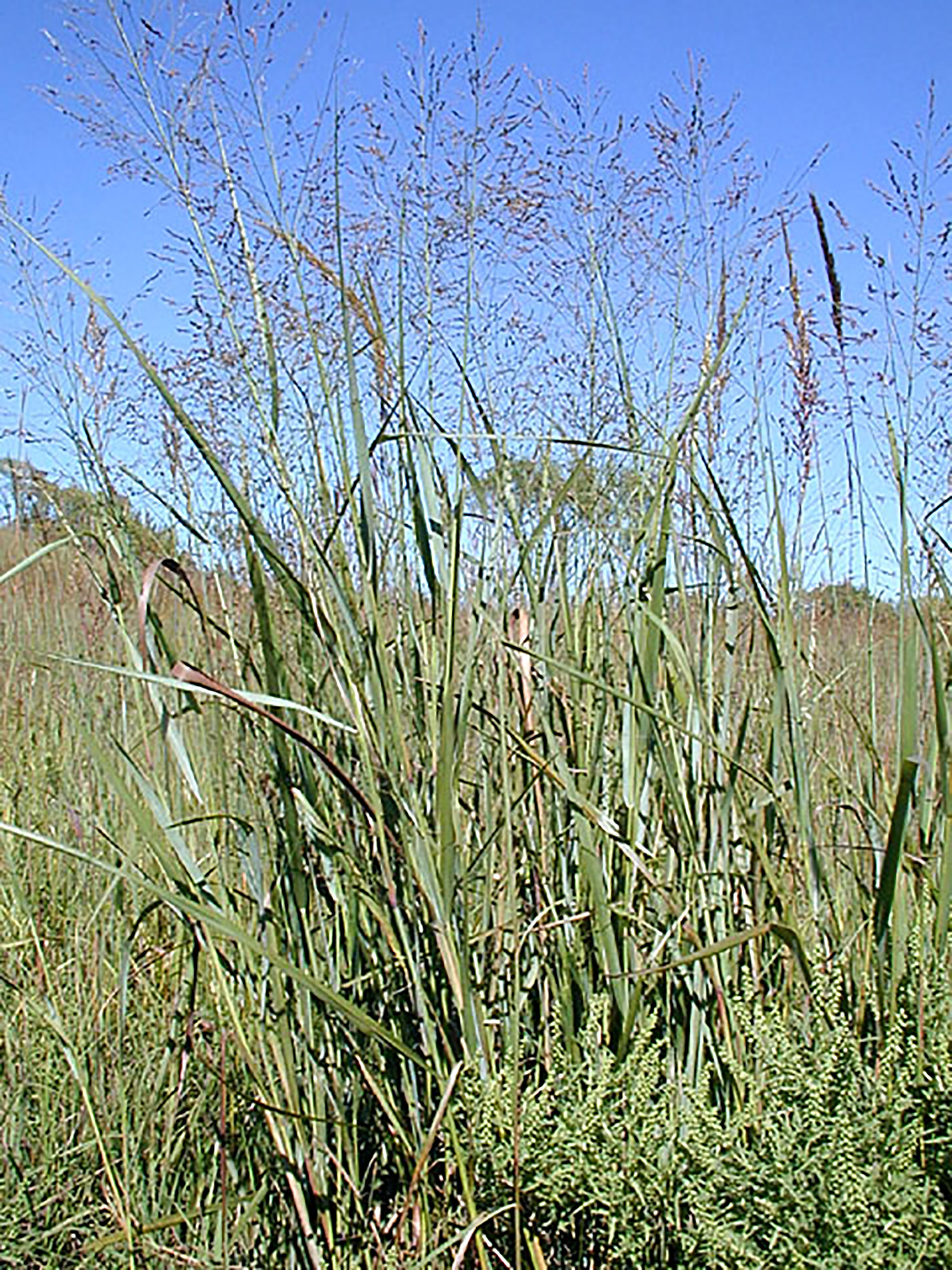
Warm-Season Grasses of South Dakota
Fact sheet about warm-season grasses in South Dakota.

Boom Sprayer Calibration
Fact sheet on calibrating a boom sprayer to minimize damage to plants and reduce environmental impact
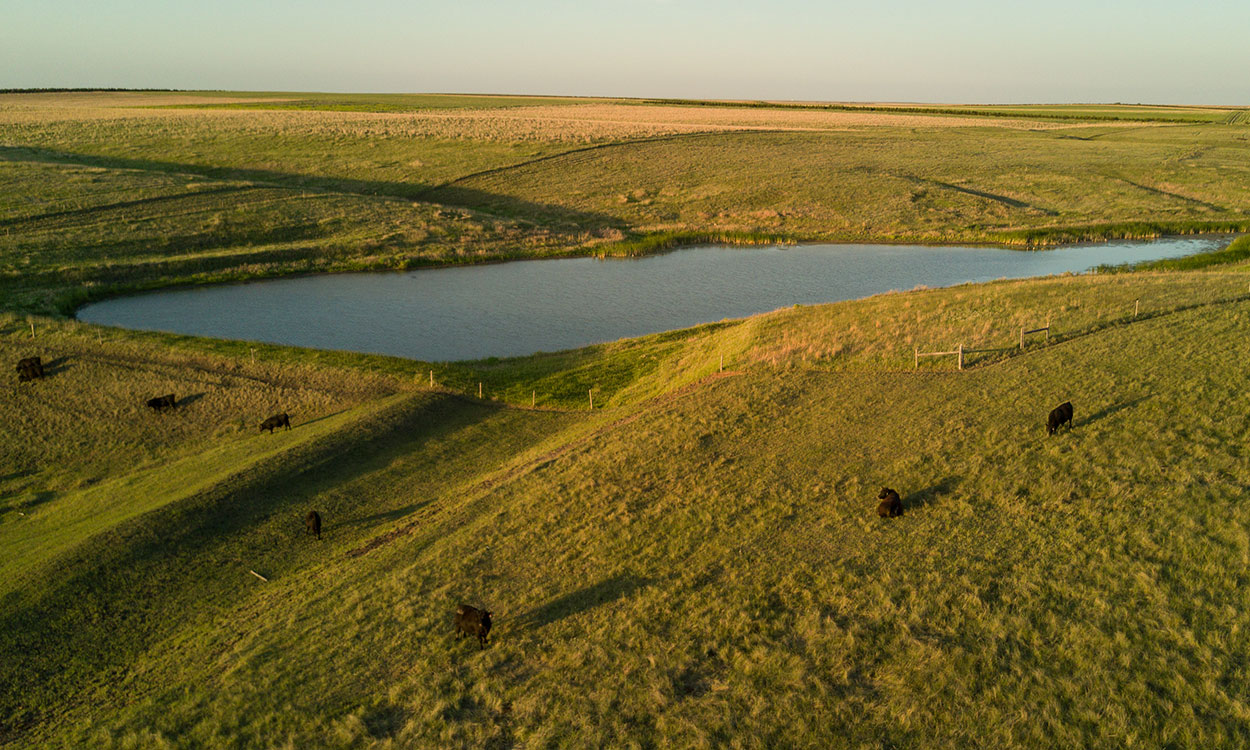
Cool-Season Grasses of South Dakota
Fact sheet about cool-season grasses in South Dakota.
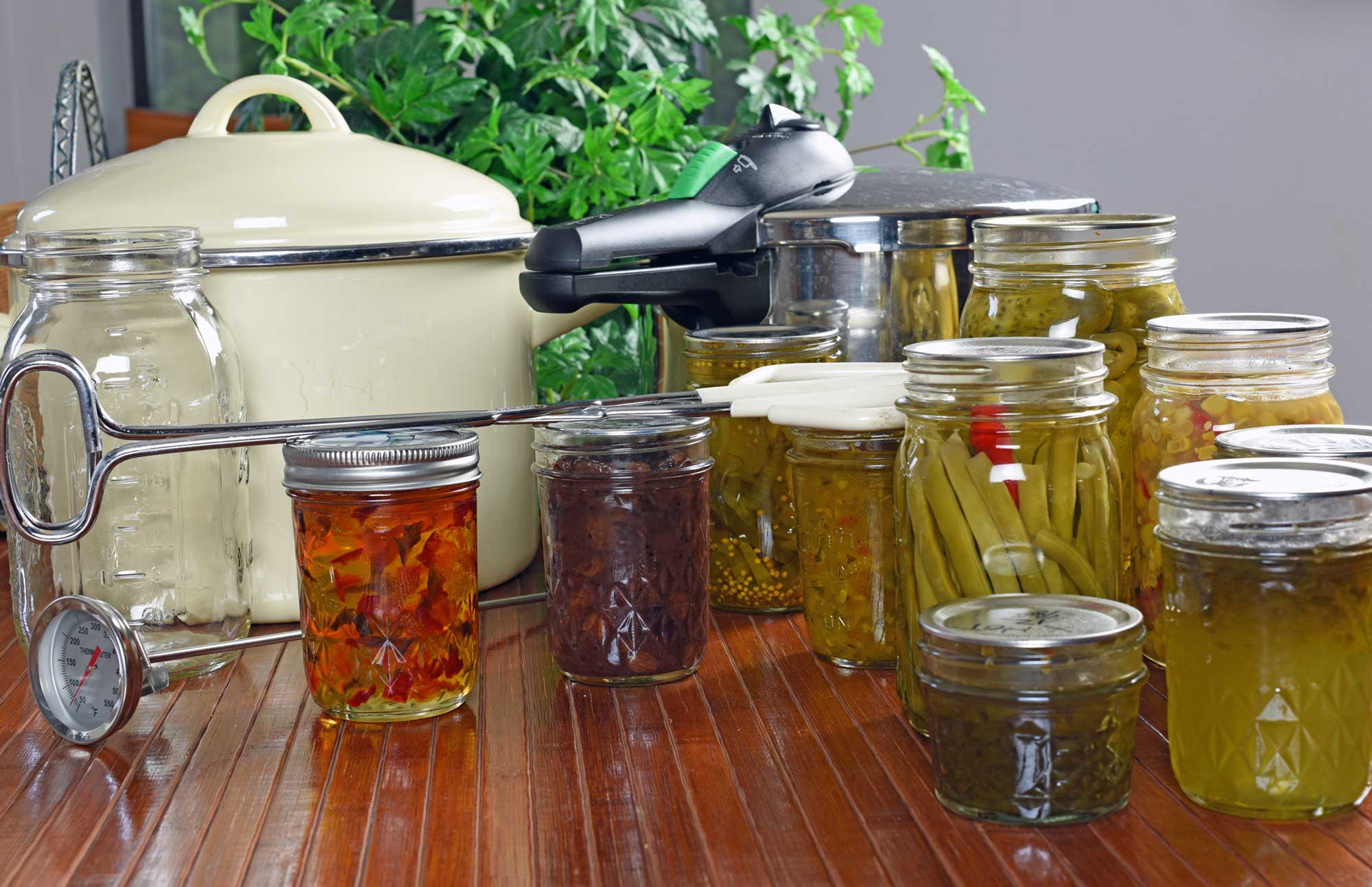
Master Food Preserver Volunteer Program
If you enjoy preserving food, volunteering and helping your community, SDSU Extension's Master Food Preserver volunteer program may be for you!
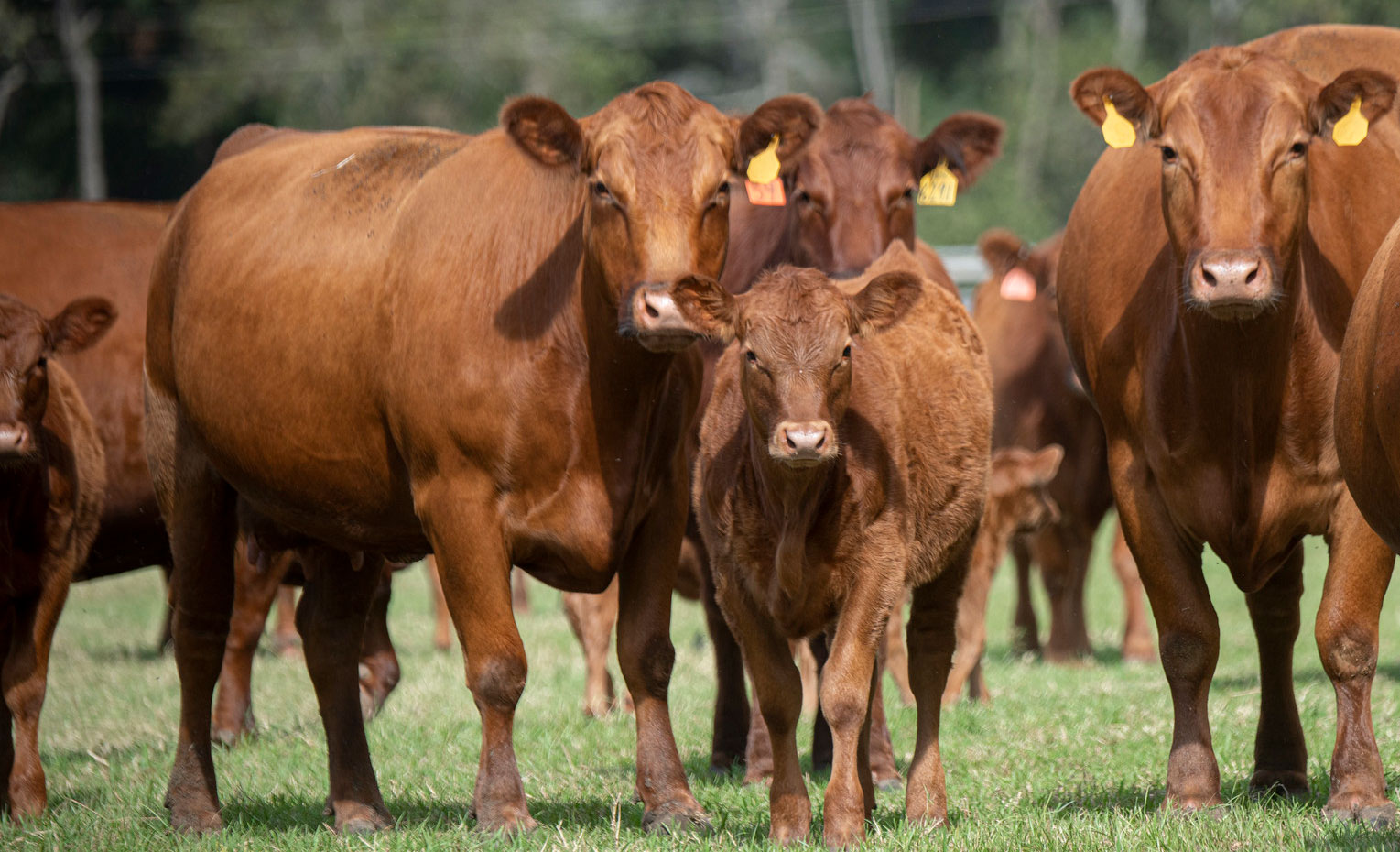
The Calving Distribution Calculator
Excel calculator for calving distribution

The Bovine Estrous Cycle
Fact sheet on the bovine estrous cycle. Available in English and Spanish.
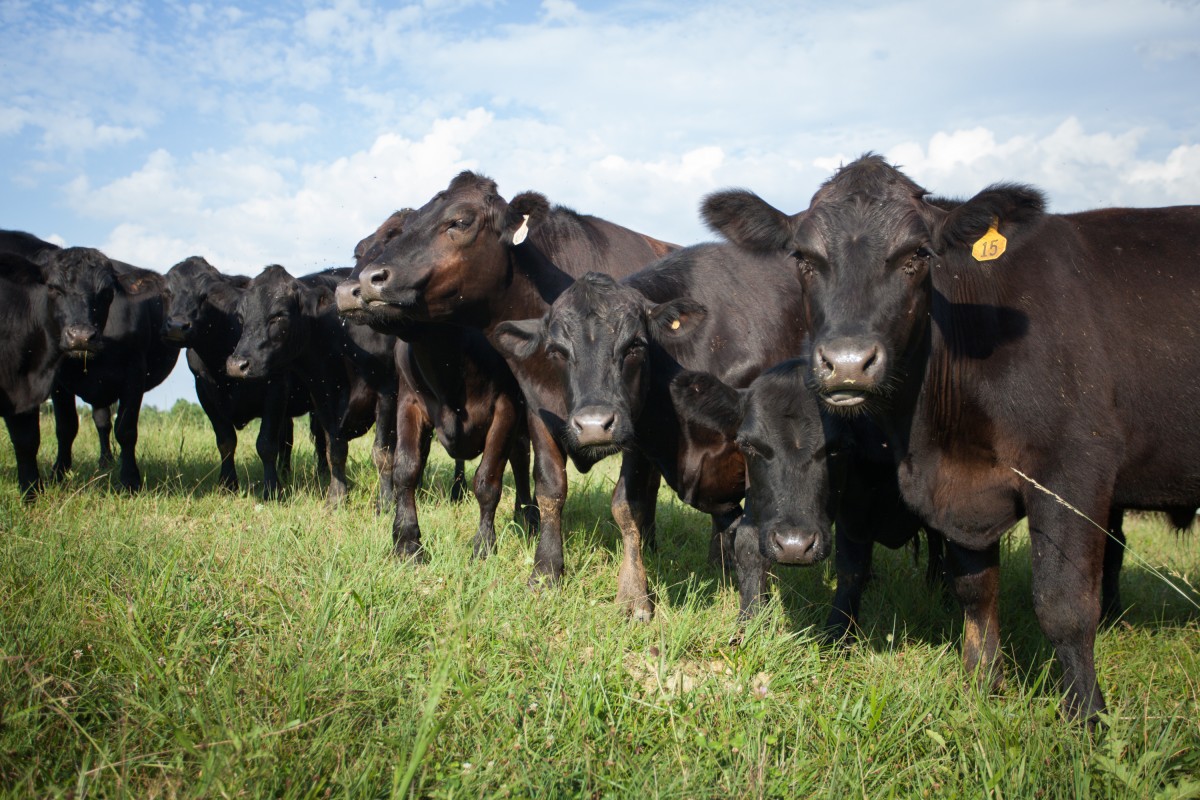
Understanding Estrous Synchronization of Cattle
Fact sheet on the use of estrus synchronization of cattle. Available in English and Spanish.
![A herd of cattle gather around a stock pond on a vast, lush grassland. Courtesy: USDA [CC BY 2.0]](/sites/default/files/2019-05/W-00231-00-cattle-grazing-grassland-pasture-range.jpg)
Range Improvements, Grazing Systems and Net Present Value, What is the Right Balance?
As farms and ranches across South Dakota continue to endure increasing costs of production while receiving less cash for grain and livestock marketed; ranch managers must be extra diligent when implementing new range improvements and grazing systems on their ranches.